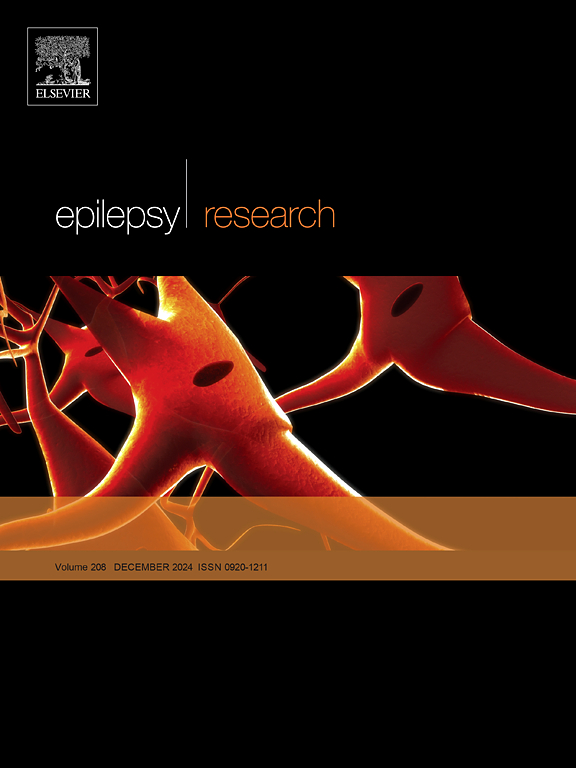The construct validity of perceived disability scale in people with epilepsy
IF 2
4区 医学
Q3 CLINICAL NEUROLOGY
引用次数: 0
Abstract
Objective
People with epilepsy are potentially at a high risk for disability or functional impairment because of various reasons such as seizures, underlying diseases or socioeconomic inequalities. The objective of this study was designed to examine the factor structure and construct validity of Perceived Disability Scale in people with epilepsy within Turkish context.
Methods
Research involving “Perceived Disability Scale”, and demographic characteristics form was conducted with a group of 106 people with epilepsy. Data analyses included Exploratory and Confirmatory Factor Analysis, internal consistency reliability, ANOVAs and t-tests.
Results
The component analysis for the instrument yielded three factors: (1) dissatisfaction, (2) pessimism, and (3) self-disdain. The factor structure explained 68.54 % of variance and showed stronger difference with age, education, disease duration and seizure frequency.
Conclusion
Preliminary construct validity and reliability of the Perceived Disability Scale was supported in our context. Perceived disability in people with epilepsy significantly differed based on age, education, disease duration and seizure frequency but not gender and other demographic features. Instrument should be further used within various samples as part of clarifying epilepsy-related disability.
癫痫患者感知残疾量表的构念效度
目的由于癫痫发作、潜在疾病或社会经济不平等等各种原因,癫痫患者可能面临残疾或功能障碍的高风险。本研究的目的是检验土耳其癫痫患者感知残疾量表的因素结构和结构效度。方法采用“感知残疾量表”和人口统计学特征表对106例癫痫患者进行调查。数据分析包括探索性和验证性因子分析、内部一致性信度、方差分析和t检验。结果对该仪器进行成分分析得出三个因素:(1)不满意,(2)悲观,(3)自卑。因子结构解释了68.54 %的方差,且与年龄、文化程度、病程、发作频率差异较大。结论感知残疾量表的初步结构效度和信度在本研究背景下得到了支持。癫痫患者的感知残疾在年龄、教育程度、疾病持续时间和发作频率上存在显著差异,但在性别和其他人口统计学特征上没有差异。仪器应进一步在各种样品中使用,作为澄清癫痫相关残疾的一部分。
本文章由计算机程序翻译,如有差异,请以英文原文为准。
求助全文
约1分钟内获得全文
求助全文
来源期刊

Epilepsy Research
医学-临床神经学
CiteScore
0.10
自引率
4.50%
发文量
143
审稿时长
62 days
期刊介绍:
Epilepsy Research provides for publication of high quality articles in both basic and clinical epilepsy research, with a special emphasis on translational research that ultimately relates to epilepsy as a human condition. The journal is intended to provide a forum for reporting the best and most rigorous epilepsy research from all disciplines ranging from biophysics and molecular biology to epidemiological and psychosocial research. As such the journal will publish original papers relevant to epilepsy from any scientific discipline and also studies of a multidisciplinary nature. Clinical and experimental research papers adopting fresh conceptual approaches to the study of epilepsy and its treatment are encouraged. The overriding criteria for publication are novelty, significant clinical or experimental relevance, and interest to a multidisciplinary audience in the broad arena of epilepsy. Review articles focused on any topic of epilepsy research will also be considered, but only if they present an exceptionally clear synthesis of current knowledge and future directions of a research area, based on a critical assessment of the available data or on hypotheses that are likely to stimulate more critical thinking and further advances in an area of epilepsy research.
 求助内容:
求助内容: 应助结果提醒方式:
应助结果提醒方式:


